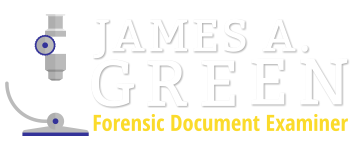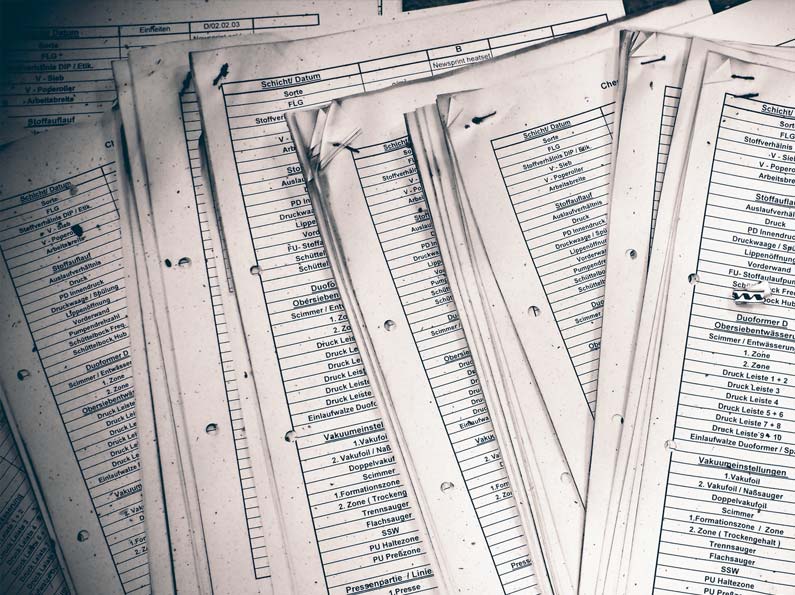One of the most common questions in forensic document work is whether a photocopy can be used for handwriting or signature comparison. The answer is yes—but it’s not ideal. While photocopies can be examined and may provide useful information, original documents are always preferred and offer the most reliable results.
The Best Document Format for Examination
When submitting documents for analysis, there is a clear order of preference based on the quality and detail each format preserves:
-
Original Documents
-
High-Resolution Photographs
-
Photocopies
-
Microfilm or Faxed Documents
Although modern microfilm systems and scanning technology have improved the clarity of reproduced documents, a photocopy often lacks key details that may be essential for accurate handwriting or signature analysis.
Why Originals Are Better Than Photocopies
Original documents retain physical characteristics that photocopies do not capture. For instance, in cases involving fraudulent activity, a common method is to use a “cut and paste” technique—removing a genuine signature from one document and placing it onto another. The result may appear legitimate in a photocopy, making the forged document seem authentic. However, the absence of an original copy often raises a red flag. In many of these cases, the original is conveniently “lost” or “misplaced.”
Originals allow examiners to investigate features that photocopies simply cannot reveal, such as:
-
Indented Writing: Impressions from writing on an overlying sheet, which can indicate sequence or hidden information.
-
Pen Pressure: The pressure used when writing can help confirm or question the authenticity of handwriting.
-
Paper Analysis: Comparing optical brighteners or page consistency may uncover document manipulation.
The Limitations of Photocopy Examination
While photocopies can be used in the absence of originals, they may limit the scope of the analysis. Examiners can still assess general handwriting features—like slant, letter formation, and spacing—but cannot evaluate ink, paper texture, or indented writing. This can affect the strength of the opinion rendered in a report or court testimony.
Best Practices for Stronger Results
To give your handwriting or signature analysis the best chance at success:
-
Submit originals when available. This is the most important step.
-
If originals are not available, provide the highest-quality photocopy possible.
-
Supply multiple known handwriting or signature samples for comparison.
-
Communicate any relevant context, such as medical issues, unusual writing conditions, or suspected tampering.
Final Thoughts
While a photocopy can be examined by a forensic document expert, it should always be viewed as a secondary option. Whenever possible, submitting original documents gives the examiner access to more details, leading to a stronger and more conclusive analysis.
When the authenticity of a document is in question, don’t rely solely on a photocopy—give your examiner the tools they need to uncover the truth.

